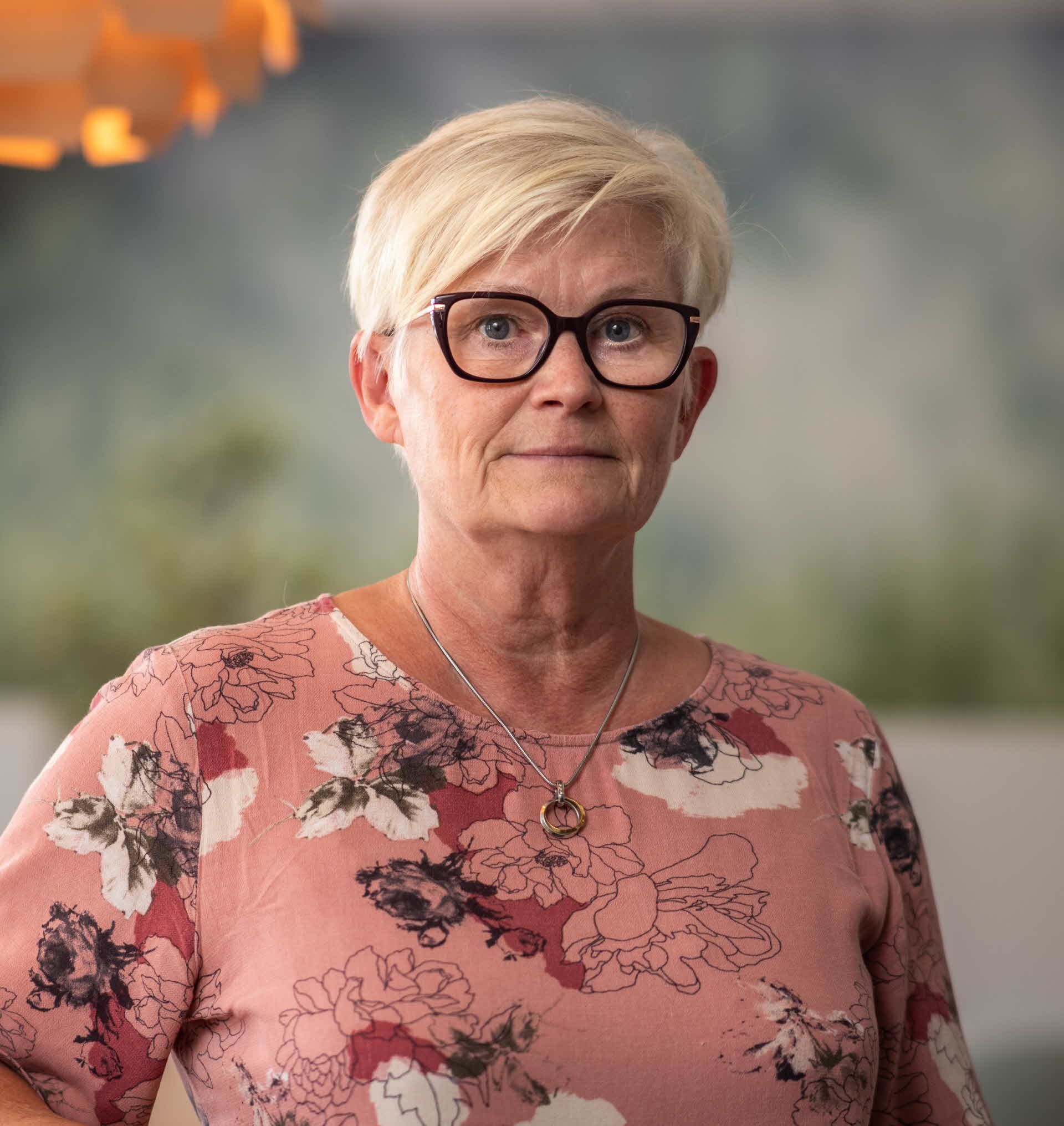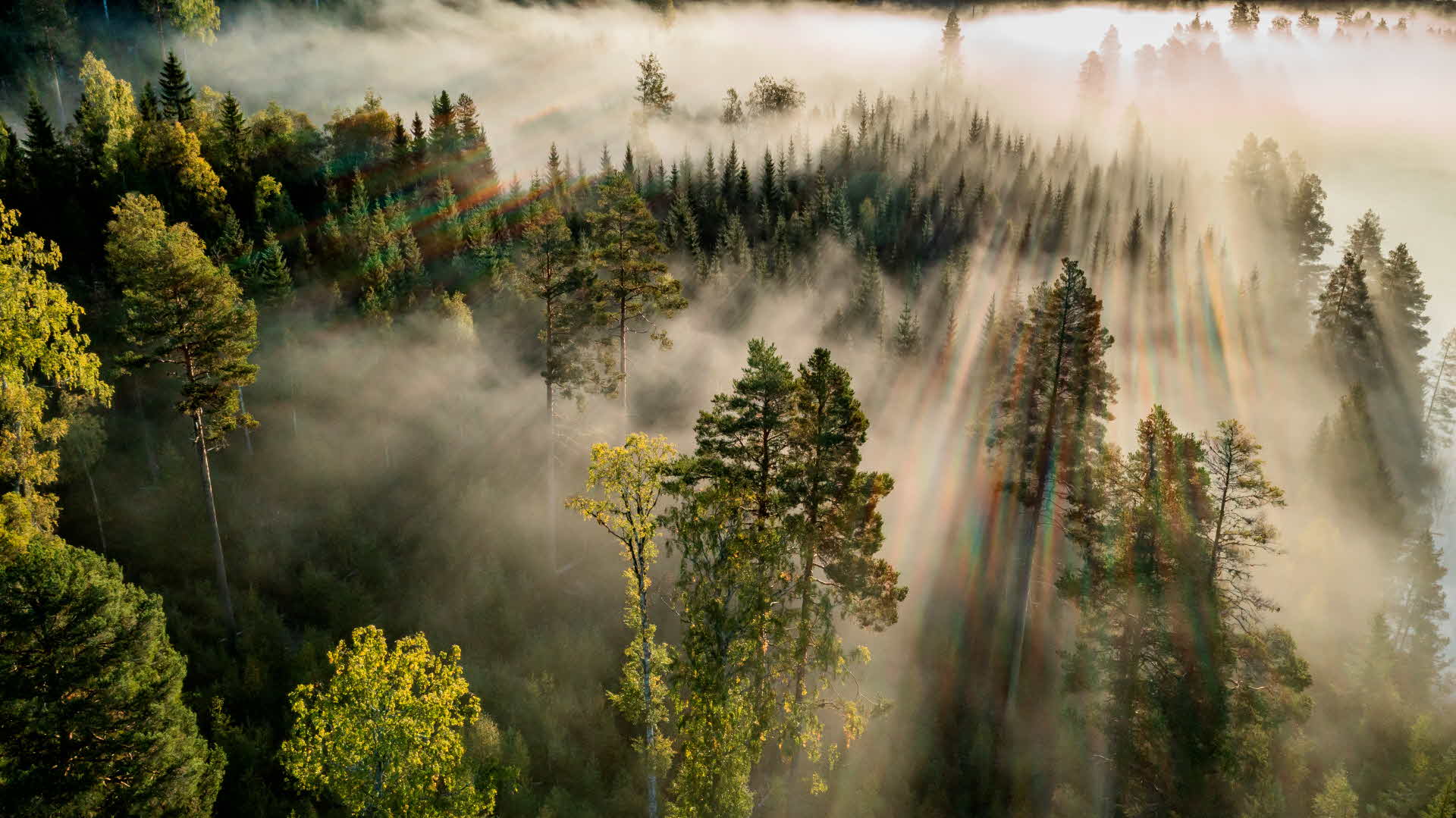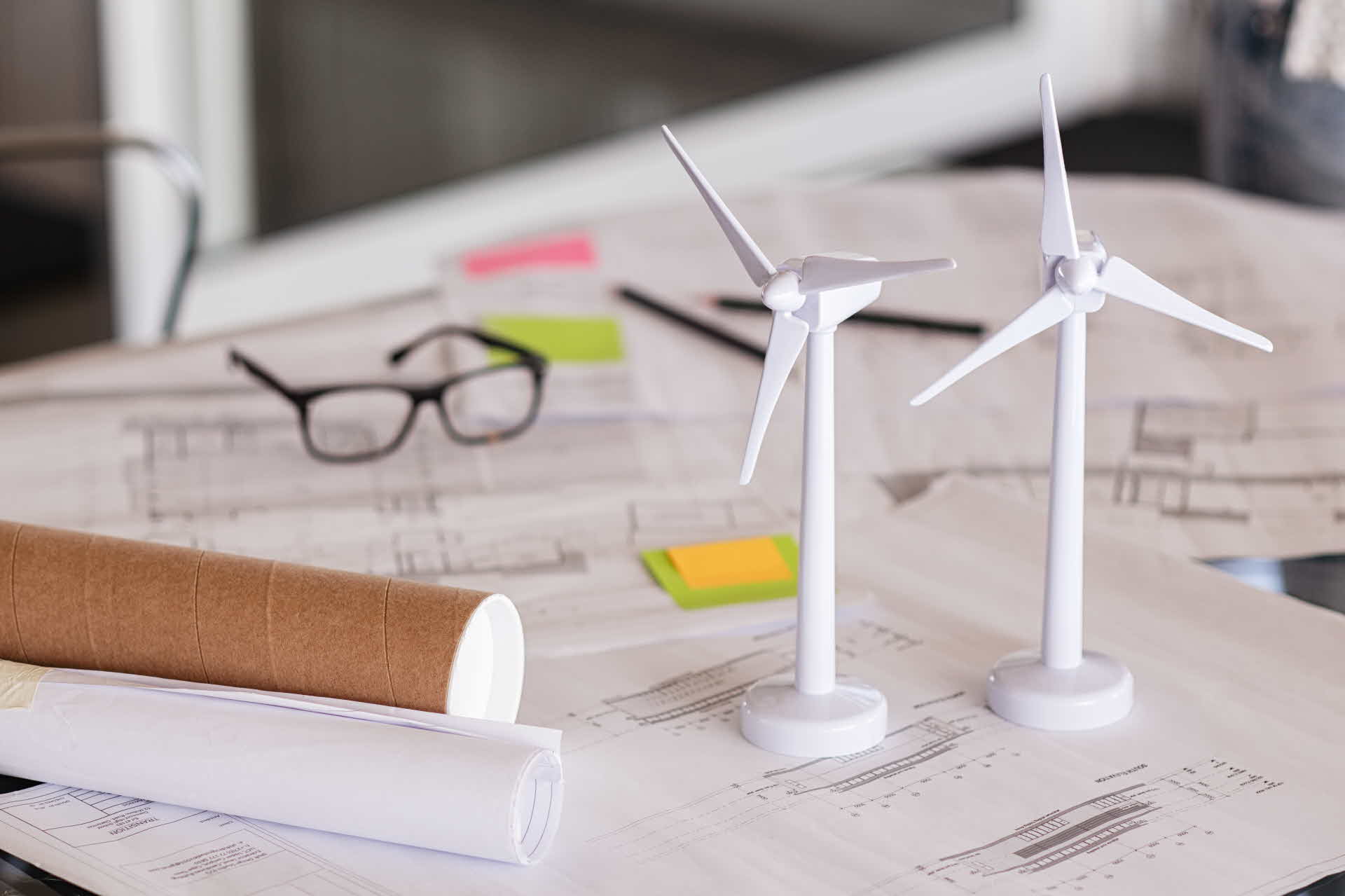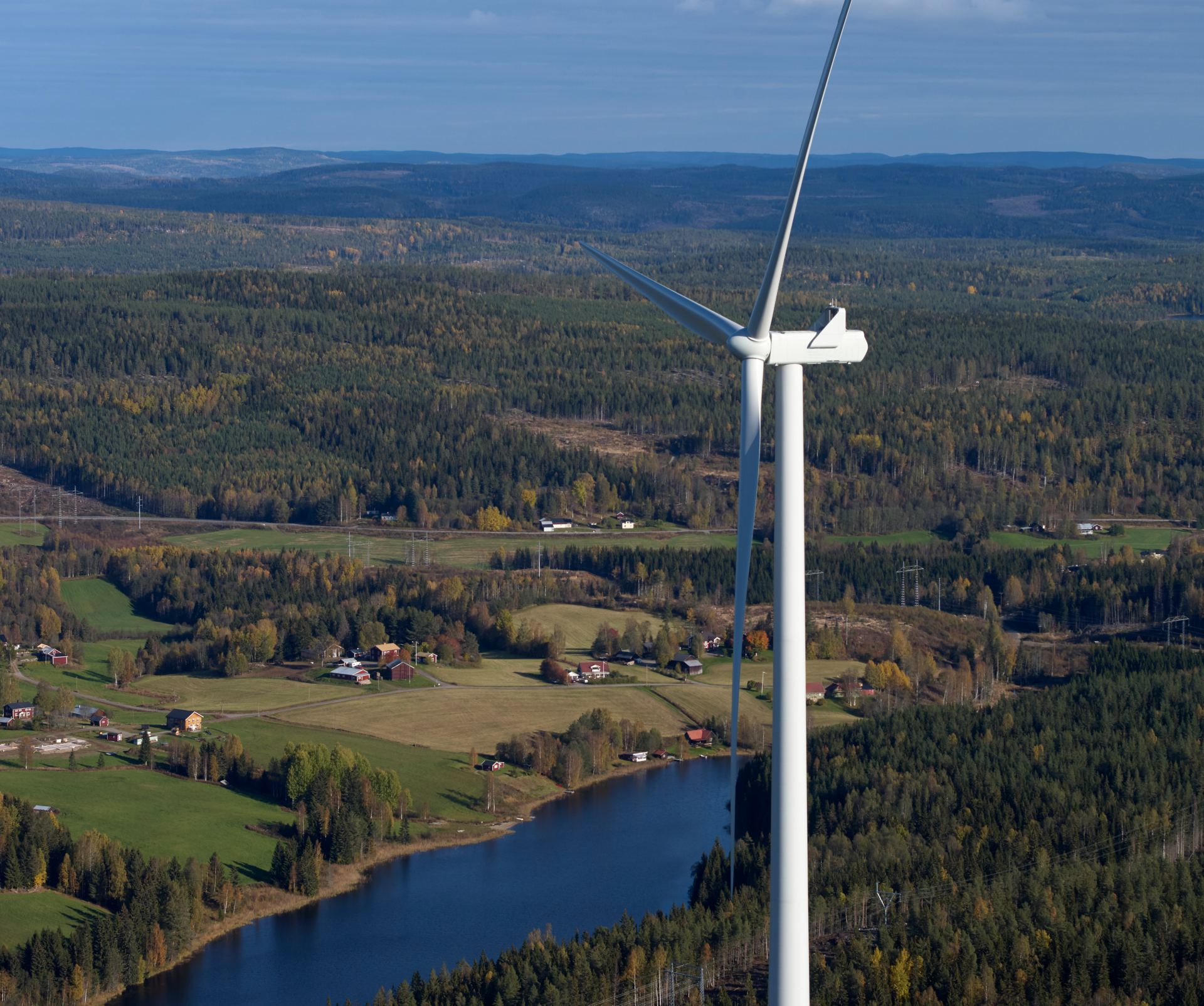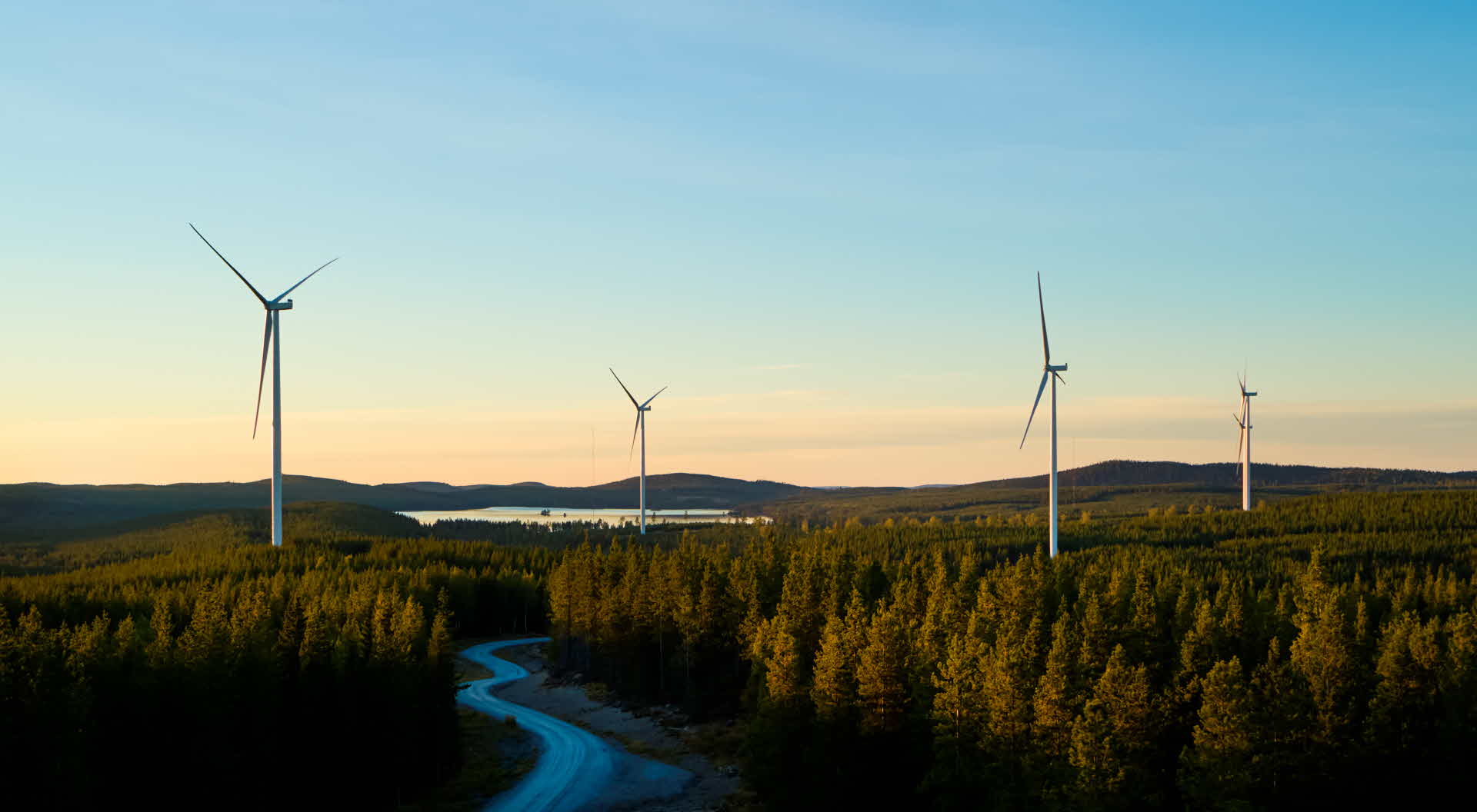
Högsvedjan
We are exploring the possibility of establishing a wind farm in Högsvedjan, just outside Stöde, Sundsvall municipality.
Why?
The demand for electricity is increasing—particularly in our region of Sweden. We have the opportunity to contribute to renewable energy production and are eager to do so. A wind farm in Högsvedjan could help enable the establishment of new, fossil-free industry in the Sundsvall/Timrå area.
Why here?
The wind conditions are favorable, and we own the land, which is currently used for active forestry operations.
Considerations
A wind farm impacts people, animals, and nature. Through consultations, we have gathered input from local residents, and we are conducting repeated surveys of the forest and surrounding environment. Based on this information, we have already adjusted the design and scale of the project—and will make further changes—before submitting the formal application.
Facts - Högsvedjan
| Technology: | Wind power |
|---|---|
| Phase: | Planning |
| Turbines: | max 10 pcs |
| Tipheight: | max 290 m |
| Estimated production: | 250 GWh - equivalent to the annual household electricity consumption of approximately 50,000 homes. |
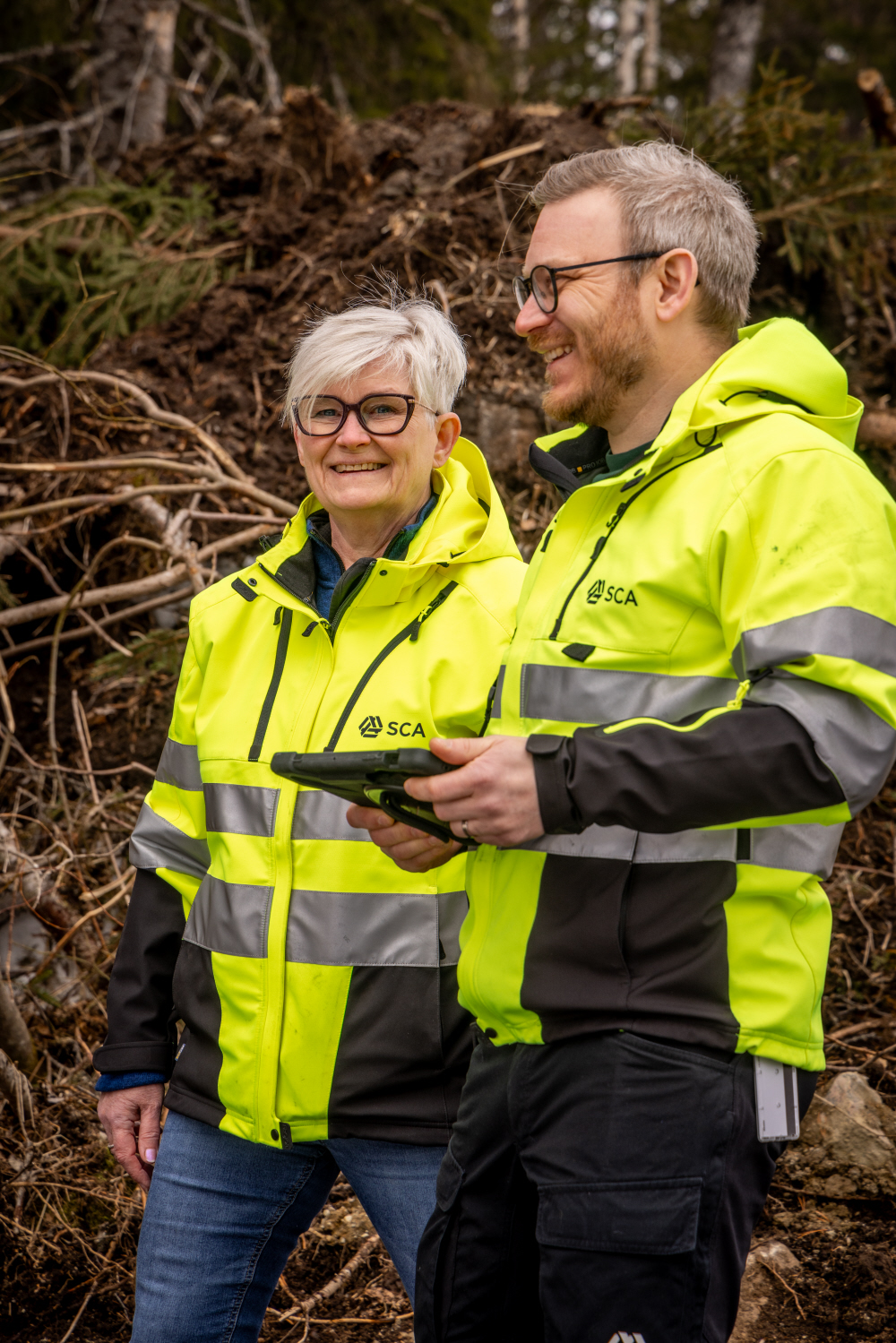
When proposing the location of a wind farm, we base our assessment on wind conditions, proximity to the power grid, areas of national interest, and current land use. We also take the municipality’s comprehensive plan into account.
Latest updates
In week 24 of 2025, an information letter was sent to those included in the current consultation circle for the planned wind farms Högsvedjan and Tjärdalsberget.
The letter is published under Project Documentation, where you will also find the updated photomontage. The “Photomontage Web Map” has been temporarily removed for updating.
Earlier updates
Follow the link to read what was previously published under “Latest updates.”
Documents
At the moment only available in swedish.
FAQ
- The site selection is based on an analysis of the area’s potential, considering factors such as wind conditions, grid connection, national interests, and current land use.
- The area is designated in the municipality’s draft plan for solar and wind power.
- The current project area is already affected by ongoing commercial forestry.
- The area is not covered by any national interest designation.
The location is being evaluated against constraints defined by municipal interests, reindeer husbandry, national defense, civil aviation, telecommunications, and others.
- Reporting the environmental impacts of a wind power development provides a basis for the County Administrative Board’s assessment of suitability and is a requirement in the permitting process.
- Several types of surveys and investigations are conducted to design the project with minimal impact on environmental values, people, and wildlife.
- Natura 2000 sites are strictly regulated. No turbines or roads are constructed within these areas. Protective measures are taken if there is a risk of impacts, for example from runoff.
The County Administrative Board’s mandate is to carry out a thorough environmental review based on Swedish environmental legislation.
- The Swedish Environmental Protection Agency’s guideline for noise from wind farms is 40 dB(A) outdoors at residential areas. This corresponds to the sound level of a modern refrigerator.
- If noise exceeds 40 dB(A), the operator is required to take mitigation measures. There is no direct correlation indicating that taller turbines produce higher noise levels.
- Noise calculations are based on the entire wind farm, and if there are nearby wind farms, the cumulative noise is also considered. In other words, it is the total noise level that must comply with the 40 dB(A) limit at residences.
- To prevent ice formation on the blades, which can generate higher noise levels, the turbines can be equipped with de-icing systems.
The County Administrative Board is tasked with conducting a thorough environmental assessment in accordance with Swedish environmental legislation.
- In accordance with the Swedish Transport Agency’s regulations, wind turbines are required to have obstacle lighting.
- The regulations allow for dimming of the lights during dawn, dusk, and nighttime. To reduce the impact on the surroundings, the flashes are synchronized.
The Swedish Transport Agency sets the requirements for obstacle lighting.
- Within a wind farm, there is a risk of ice throw under specific weather conditions. Warning signs will be placed at the access roads to alert visitors.
- The turbines can be equipped with de-icing systems to reduce ice formation on the blades.
- The wind farm will generally be accessible for visits and activities. During construction, access may be limited.
The wind farm owner is responsible for providing information about the risk of ice throw.
Biodiversety
Our forests and lands hold many values. In addition to capturing large amounts of carbon dioxide and providing sustainable raw materials and energy, they also support rich biodiversity, which we strive to preserve and enhance. The forests are home to countless animals and plants, and we want them to continue thriving there for generations to come.
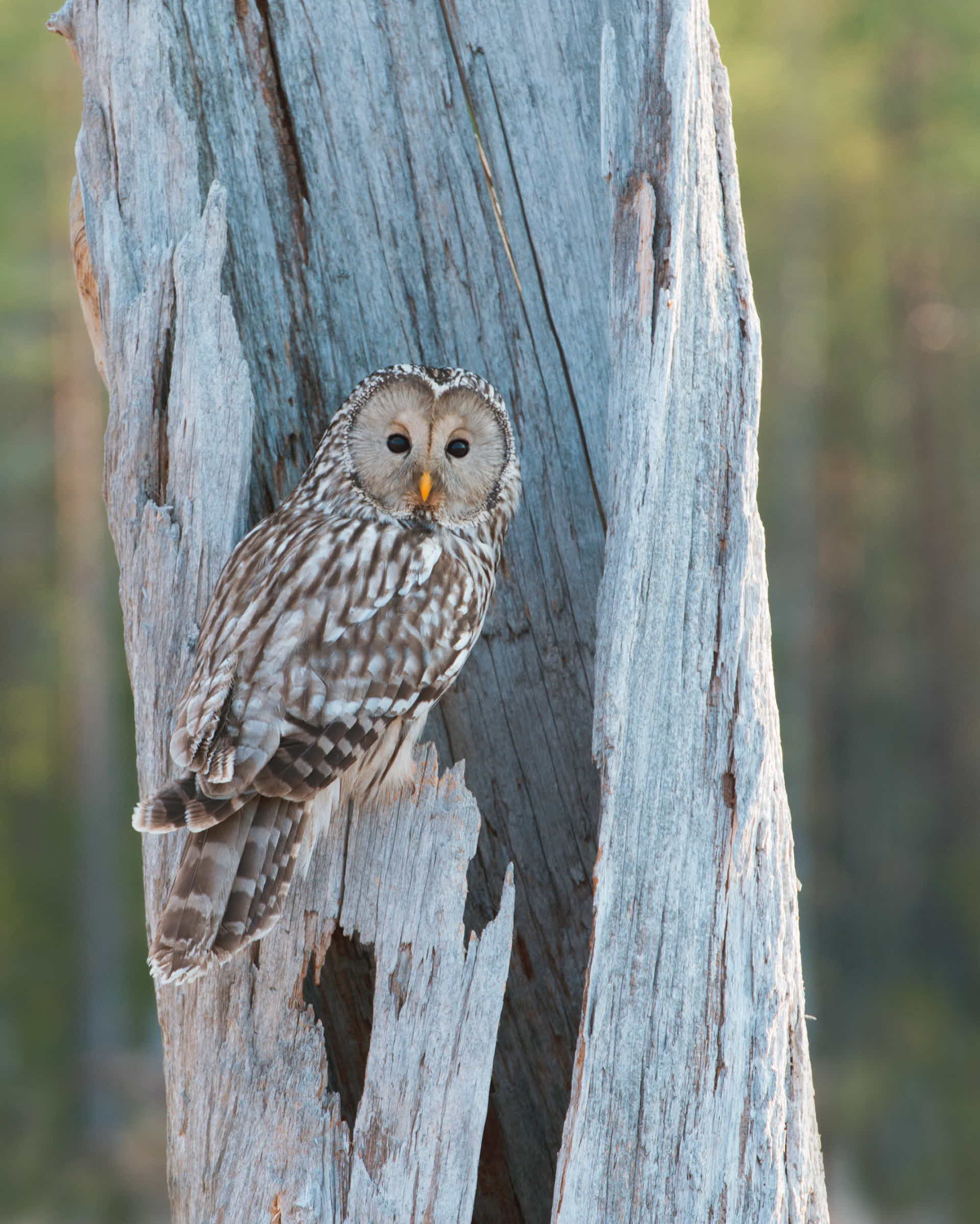
Contacts

